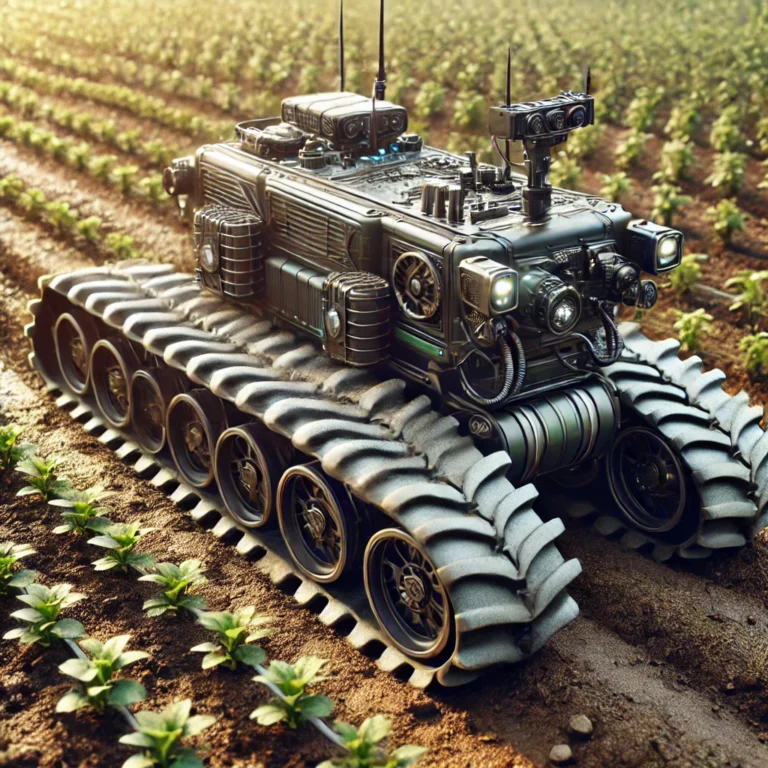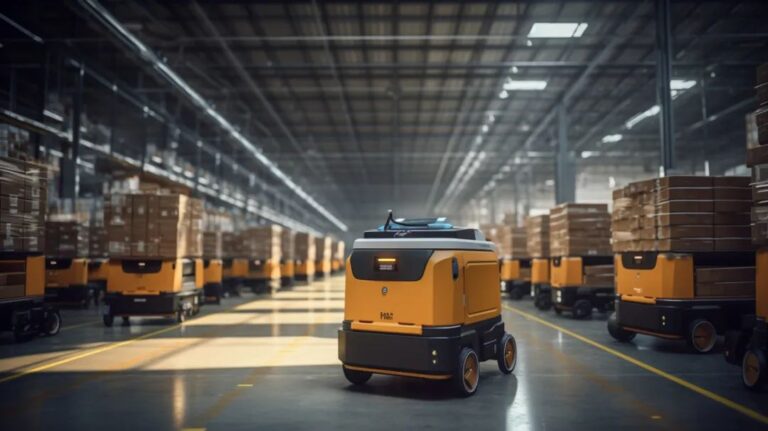We help the world since 2012

Comprehensive Guide to DC-DC Converters: Types, Applications, and Key Considerations
- Introduction to DC-DC Converters
- What Are DC-DC Converters and How Do They Work?
- Types of DC-DC Converters
- Key Considerations When Choosing a DC-DC Converter
- Applications of DC-DC Converters
- Emerging Trends in DC-DC Converter Technology
- How to Optimize Your DC-DC Converter Selection for Robotics
- Top Manufacturers and Brands in DC-DC Converters
- Conclusion
Introduction to DC-DC Converters
DC-DC converters play a crucial role in modern electronics. These devices convert one DC voltage level to another, making them essential in powering a variety of electronic systems. From electric vehicles to portable devices, DC-DC converters ensure that systems receive the correct power levels for optimal performance.
If you’re an engineer, developer, or even someone looking to purchase these converters, understanding their functionality and types is critical to making informed decisions. In this guide, we’ll explore what DC-DC converters are, their types, key factors to consider, and the industries where they are widely used.
What Are DC-DC Converters and How Do They Work?
A DC-DC converter is an electronic device designed to change the DC voltage from one level to another. They are commonly used in scenarios where electronic devices require different voltage levels. The basic working principle involves storing electrical energy temporarily in a magnetic field (inductors) or an electric field (capacitors) and releasing it to control output voltage.
For example, in an electric vehicle, the battery might supply a high voltage, but some components need lower voltage to operate. This is where DC-DC converters come into play, ensuring the right power supply is delivered to each part of the system.
Types of DC-DC Converters
1. Buck Converter (Step-Down Converter)
A buck converter reduces the input voltage to a lower output voltage, making it ideal for applications where devices require lower voltage levels than the source provides. These converters are widely used in LED drivers, microcontroller power supplies, and battery-powered devices where the supply voltage needs to be reduced efficiently.
2. Boost Converter (Step-Up Converter)
A boost converter increases the input voltage to a higher output voltage. This is useful in applications where the supply voltage is insufficient for the device to function properly. Common use cases include solar power systems, where the panel voltage may be lower than what is required by the grid or battery.
3. Buck-Boost Converter
A buck-boost converter can either step up or step down the voltage depending on the input. It is highly versatile, offering flexibility for applications where the input voltage fluctuates. This type of converter is particularly useful in battery-powered devices where voltage levels can drop as the battery discharges.
4. Isolated vs Non-Isolated DC-DC Converters
DC-DC converters can be classified into isolated and non-isolated types. Isolated converters provide electrical separation between the input and output, which is vital for safety in high-voltage applications. Non-isolated converters, on the other hand, are more compact and cost-effective but are only suitable for lower voltage systems.
Key Considerations When Choosing a DC-DC Converter
Efficiency
Efficiency is a critical factor when selecting a DC-DC converter. High efficiency minimizes power loss, which is especially important in battery-powered devices and high-performance systems. Inefficient converters can lead to excess heat generation, reducing the lifespan of both the converter and the system it powers.
Power Density
As devices become smaller and more powerful, power density is becoming increasingly important. DC-DC converters with high power density deliver more power in a smaller footprint, making them ideal for compact electronics and portable devices.
Thermal Management
DC-DC converters can generate significant heat during operation, so effective thermal management is essential. Without proper cooling or heat dissipation mechanisms, converters can overheat, leading to system failure. It’s important to choose a converter that can operate within the thermal limits of your application.
Input and Output Voltage Ranges
When selecting a DC-DC converter, the input and output voltage ranges must match your application’s requirements. For instance, in automotive applications, the input voltage may vary greatly due to fluctuations in the car’s electrical system, so the converter needs to handle such variations without compromising performance.
Reliability and Longevity
In industries like aerospace, telecommunications, and industrial automation, the reliability and longevity of DC-DC converters are paramount. Converters used in harsh environments must be robust enough to withstand extreme temperatures, vibrations, and other stress factors.
Applications of DC-DC Converters
Automotive Industry
In the automotive sector, DC-DC converters are used to power various systems within electric vehicles (EVs). These converters help manage the distribution of power from the high-voltage battery pack to lower-voltage subsystems such as lighting, infotainment, and battery management systems.
Telecommunications
Telecommunications equipment requires stable power supplies to operate efficiently. DC-DC converters are used in base stations, network routers, and other communication devices to ensure the right voltage levels are maintained across different components.
Renewable Energy Systems
In solar power systems, DC-DC converters are crucial for converting the variable DC output from solar panels into a stable voltage that can be stored in batteries or fed into the grid. They play an essential role in maximizing the efficiency of renewable energy systems.
Portable Electronics
From smartphones to tablets, DC-DC converters ensure that these devices receive the right voltage levels from their batteries, which typically output variable voltage as they discharge. Efficient converters extend battery life and enhance device performance.
Emerging Trends in DC-DC Converter Technology
The future of DC-DC converter technology is being shaped by innovations such as GaN (Gallium Nitride) and SiC (Silicon Carbide) materials. These materials allow converters to operate at higher efficiencies and temperatures, which is critical for applications like electric vehicles and renewable energy.
Another exciting development is the emergence of programmable DC-DC converters that can be customized to meet specific application requirements, providing even more flexibility in power management.
How to Optimize Your DC-DC Converter Selection for Robotics
When selecting a DC-DC converter for robotics, factors like low noise, high efficiency, and lightweight design are particularly important. Robots often require precise power control for motors, sensors, and communication modules, making it essential to choose a converter that meets these needs.
Top Manufacturers and Brands in DC-DC Converters
Some of the leading manufacturers of DC-DC converters include Texas Instruments (TI), Murata, Vicor, and Mornsun. Each brand offers a wide range of converters catering to different industries and applications, from consumer electronics to industrial automation.
Conclusion
DC-DC converters are an essential component in modern electronics, enabling devices to function at optimal power levels. By understanding the different types of converters, their key applications, and the considerations for selecting the right one, you can ensure that your system operates efficiently and reliably.
Whether you’re working on an automotive project, a renewable energy system, or a robotics application, choosing the right DC-DC converter will make all the difference in performance and longevity.




